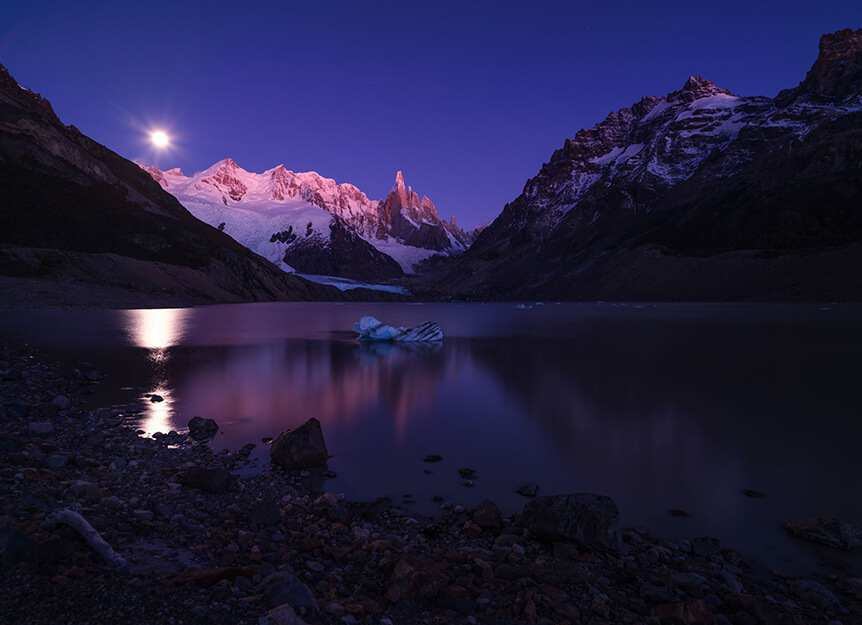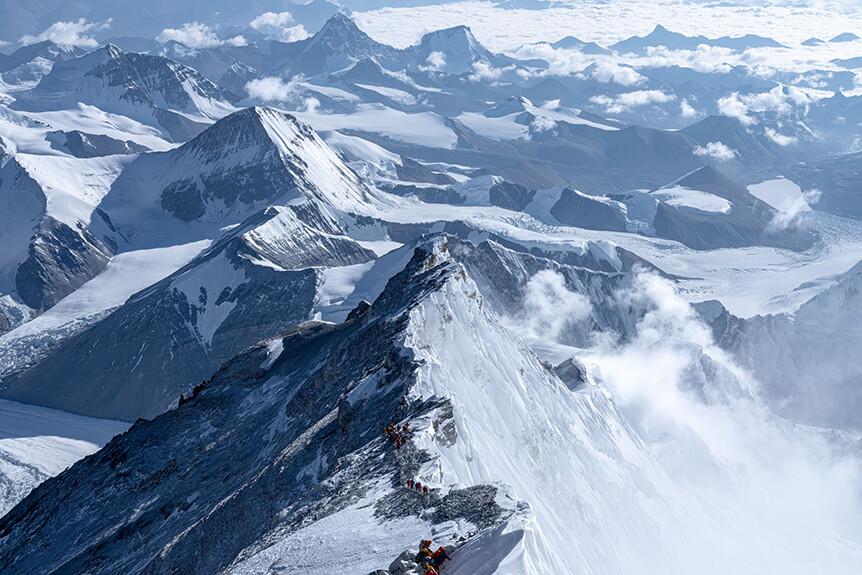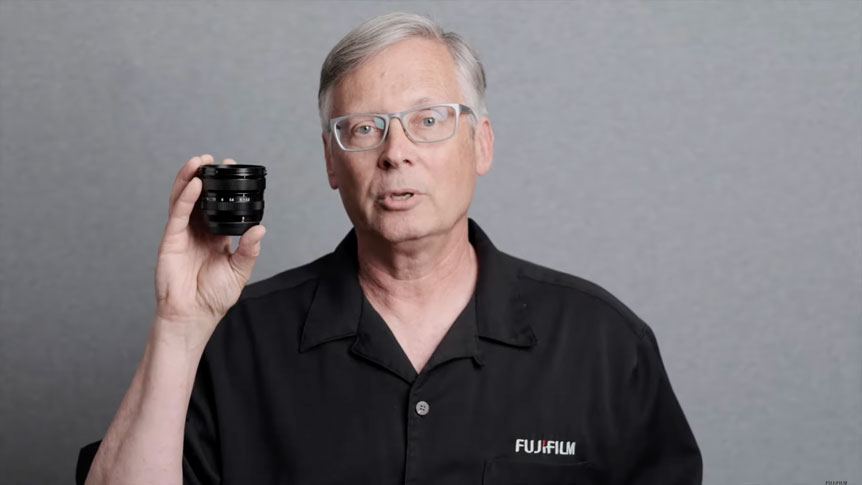
 6 minute read
6 minute read
Built for the Elements – Framing Landscapes With GFX
GFX 100 has unleashed the power of high-resolution digital and released it into the hands of landscape photographers. Here’s what it’s capable of
There’s nothing quite like experiencing the utter splendor of an image you can create with a larger format camera. The level of detail it’s possible to reproduce with a high-resolution sensor is astounding and this is especially true for landscape photography.
We know what you’re thinking: larger format cameras are so bulky that it’s not worth the hassle, but we’re here to tell you to think again! FUJIFILM GFX 100 rewrites the rule book when it comes to high-resolution digital photography. It turns this glorious format from one that was only ever locked up in studios or planted on tripods into one that’s thirsty for adventure and ready to go as far as you do to make the perfect image.
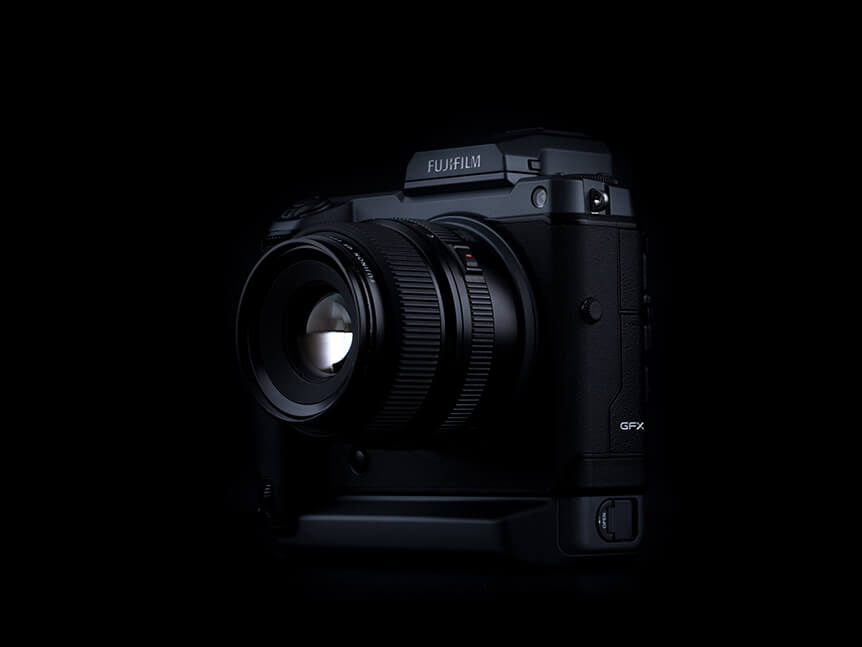
This groundbreaking camera features a long list of industry-leading features that allow you to make the most of its 102 megapixel CMOS sensor in places you might never have dreamed of. The superfast X-Processor 4 quad-core CPU powers fast and accurate phase detection autofocus (AF), In-Body Image Stabilization (IBIS) works across five axes to offer up to 5.5 extra stops, while the 3.2-inch three-way tilting LCD touchscreen makes awkward angles a breeze.
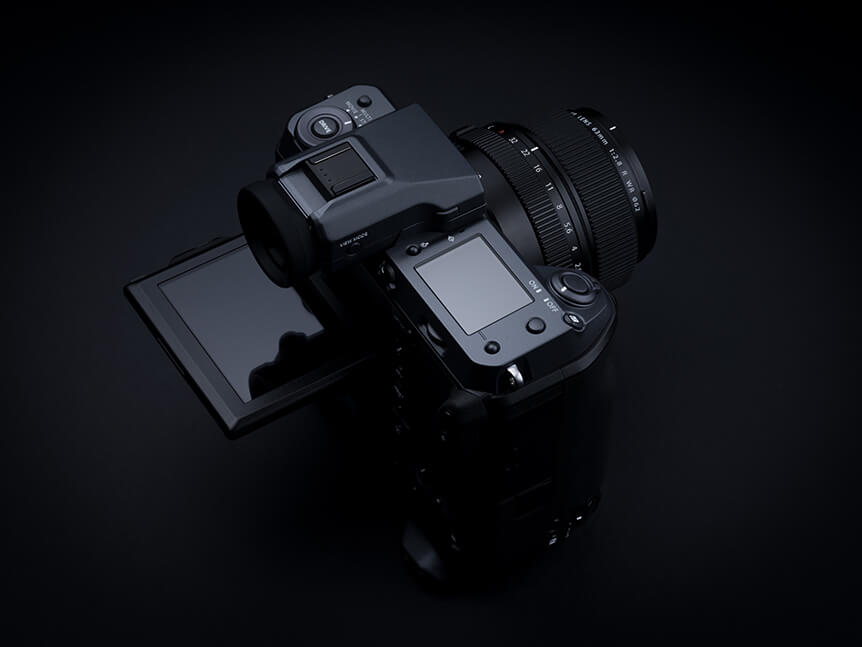
However, possibly the most impressive aspect of GFX 100 is that all this fantastic image-making power has been squeezed into a portable, weather-resistant, magnesium alloy body. This makes it tough enough to withstand the harshest conditions and small enough to be comparable to a DSLR.
Victor Liu
An example of GFX 100 coming into its own was when top landscape photographer, Victor Liu, took it with him on various trips to the awesome wildernesses of Canada, Iceland, Antarctica, and Patagonia. Here’s what he had to say:
“My trips presented two huge challenges for the camera: the severe weather conditions and the grand landscapes. When combined, they tested the camera’s robustness and the level of detail in its renditions. I work in harsh conditions all the time, so weather-resistance is very important to me, and with such remote shooting locations, battery life also plays a huge part.
“When I imported the images to my laptop, I realized just how great the image quality is. Nothing can beat such intricate details for a grand landscape shot”
“GFX 100 was surprisingly not too bulky and heavy. When I needed to carry it to high mountains, I found it relatively light. I paired up the camera with the GF23mmF4 R LM WR and made it to the top with minimal accessories. When I imported the images to my laptop, I realized just how great the image quality is. Nothing can beat such intricate details for a grand landscape shot.”
Serkan Günes
Lapland-based photographer, Serkan Günes, wanted to put the IBIS to the test, so he decided to take a different view of his backyard by shooting the Laponia Unesco World Heritage Site through the open door of a helicopter! We think his images speak for themselves, but just in case, here’s Serkan’s verdict:
“I had two things in mind: first, the shapes, colors, and details captured from above would make a great test for the 102 megapixel sensor. And second, I knew that shooting from a helicopter could be pretty shaky, so I wanted to find out how well the IBIS would handle the vibrations.”
“Shooting from a helicopter over the mountains is no walk in the park. Every time I asked the pilot to stop and hover in a specific spot, the helicopter started to shake pretty hard in the wind from the mountains. However, thanks to the IBIS in GFX 100, I didn’t delete one single frame because of camera shake. Also, IBIS allowed me to compose my frames despite the vibrations, without the need to crop afterwards. Without this function, I surely would have missed some important shots.
“Thanks to the IBIS in GFX 100, I didn’t delete one single frame because of camera shake”
“The second challenge was overcoming the lack of details in many aerial photographs you see today. I love the color and shapes in landscapes, but for this project I was really excited about also capturing the detail in my photographs. Thanks to the 102 megapixel sensor, combined with the GF lenses, I got heaps of detail in my files, even more than I could see with the naked eye.”
Russell Ord
OK, strictly speaking, these aren’t landscapes, but we still wanted to include Russell Ord’s mesmerizing ocean images as an example of what GFX 100 is capable of. All of these were taken from a jet ski, making for a challenging all-round test of stability, speed, portability, and durability. Read Russell’s thoughts below:
“I took the camera where I feel most comfortable and where I like to get away from the daily grind – the remote Indian Ocean. I think dealing with all the ocean’s elements is a great challenge for any camera. It’s not where one would expect to put a camera like this to the test.
“It’s not like studio work, where you can control the environment and lighting. It’s all about being there at the right times and hoping the environment plays its part in creating the image, so it’s nice knowing you have the battery power to last when out in the elements.
“The image quality is mind-blowing to say the least. I am not one of those photographers who likes to spend hours on post-production. However, I do like blowing up an image to 100% and seeing minute detail, which I know will translate well into massive, beautiful art prints.
“Being able to print my ocean images at wall-filling sizes is a dream; every tiny detail looks remarkable”
“I am not a technical camera junkie; I like a camera that is very easy to use in the hand and produces quality files, and GFX 100 has this in spades. Being able to print my ocean images at wall-filling sizes is a dream; every tiny detail looks remarkable.”
Lukas Furtenbach
As if all that wasn’t enough, photographer and mountaineer, Lukas Furtenbach, took GFX 100 on the ultimate challenge – climbing to the summit of Mount Everest. In doing so, he was able to document this unforgiving landscape in astounding detail. Here’s how he thought GFX 100 fared:
“GFX 100 is weather-resistant, has two battery slots for high-capacity batteries, and has a very good grip for holding with gloves on. After some days shooting with GFX 100, I fell in love with the shape. In outdoor shooting conditions, it gives you a very safe and confident feeling. All this combines to make the camera perfect for the rough and challenging situations on Everest.
“Everest is such a magical place, so why make compromises in image quality? I love this camera and will keep on working with it as my single camera. I think that says it all.”








